Table of Contents
Quality Service Guarantee Or Painting Free

Get a rental agreement with doorstep delivery

Find the BEST deals and get unbelievable DISCOUNTS directly from builders!

5-Star rated painters, premium paints and services at the BEST PRICES!
Loved what you read? Share it with others!
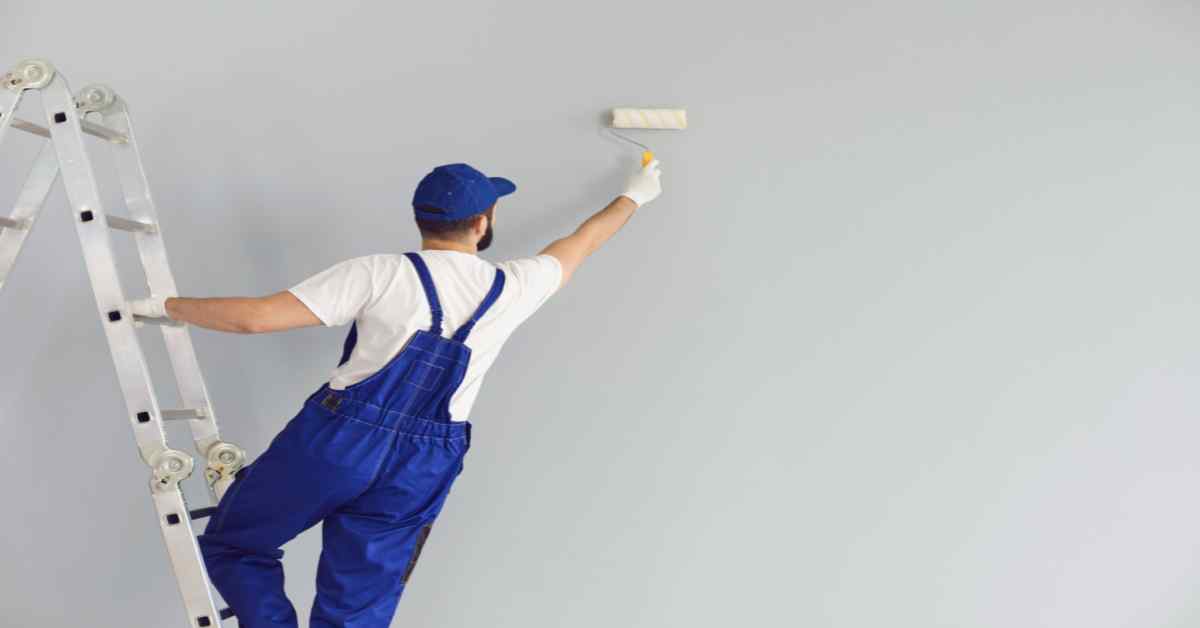

Submit the Form to Unlock the Best Deals Today
Help us assist you better
Check Your Eligibility Instantly

Experience The NoBrokerHood Difference!
Set up a demo for the entire community
Emulsion Paint: Exploring Its Types, Features, and Applications
Table of Contents
Emulsion paint is a popular choice for many decorating tasks at home, but what exactly is it? This guide will break down the different types of emulsion paint, highlight its main features, and explain where and how it's best used. Whether you're planning a DIY project or just curious, let's dive in and learn more about this versatile paint option.
Breaking Down Emulsion Paint: Key Ingredients and Their Roles

Emulsion paint is a water-based paint, widely used for both interior and exterior painting projects. Here's a breakdown of its primary components:
- Pigment: This provides the paint with its colour. The quality and type of pigment determine the paint's colour depth and coverage.
- Binder (or Resin): This is the component that, once the paint dries, holds the pigment particles together on the surface being painted. In emulsion paints, binders are typically made of acrylics or vinyl.
- Solvent (or Vehicle): In water-based emulsion paints, water serves as the primary solvent that keeps the pigment and binder in a liquid state for application. As the paint dries, the water evaporates, leaving the pigment and binder behind on the painted surface.
- Additives: These are included to impart specific characteristics to the paint, such as preventing fungal growth, improving flow, or speeding up drying time. Examples include thickeners, stabilisers, and fungicides.
- Fillers: These materials are used to give volume to the paint and influence its properties like hardness, durability, and consistency. Common fillers include calcium carbonate, talc, and clay.
Note: The specific composition can vary between brands and types of emulsion paint, depending on its intended use and the desired characteristics of the finished product.
Quality Service Guarantee Or Painting Free

Get a rental agreement with doorstep delivery

Find the BEST deals and get unbelievable DISCOUNTS directly from builders!

5-Star rated painters, premium paints and services at the BEST PRICES!
Step-by-Step Guide to Perfectly Applying Emulsion Paint
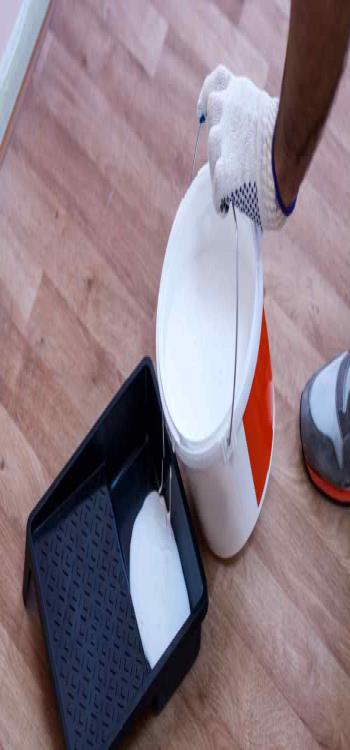
Applying emulsion paint is a straightforward process, suitable for both beginners and professionals. Here's a step-by-step guide to help you achieve the best results:
1. Preparing the Surface:
- Cleaning: Ensure the surface is free from dirt, grease, and loose particles. Clean it using soapy water and a soft brush or sponge, then rinse with clean water and let it dry.
- Sanding: For previously painted walls or uneven surfaces, lightly sand using medium-grit sandpaper to provide a smooth base. This step helps the new paint adhere better.
- Priming: If you're painting a porous surface or a surface that hasn't been painted before, apply a suitable primer. Let it dry according to the manufacturer's instructions.
2. Getting Started:
- Safety First: Wear appropriate clothing, safety goggles, and a mask to protect against paint splatters and fumes.
- Mixing the Paint: Stir the emulsion paint well using a paint stirrer or a broad stick. If you're using more than one can of the same colour, mix them to ensure colour uniformity.
- Equipment Choice: Decide between a paintbrush, roller, or spray gun. Brushes are good for edges and corners, rollers for large surfaces, and spray guns for very large areas or textured surfaces.
3. Painting Process:
- Cutting In Begin by painting the edges and corners with a brush, a technique known as 'cutting in'. This helps in creating a neat finish when you use a roller for the larger surfaces.
- Rolling: Dip the roller into the paint tray, ensuring it's evenly coated but not dripping. Apply the paint in a 'W' or 'M' pattern on a small section of the wall, then fill in the gaps without lifting the roller. This technique helps in even distribution.
- Coats: Emulsion paints often require two or more coats for an even and vibrant finish. Wait for the first coat to dry completely (typically 2-4 hours but refer to the paint can for specifics) before applying the next.
- Drying: Allow the paint to dry according to the manufacturer's recommendations. Avoid touching or placing objects against the surface during this period.
4. Finishing Up:
- Cleanup: Clean brushes, rollers, and other equipment with soapy water immediately after use. For paint spills, wipe them up immediately with a damp cloth.
- Storage: Seal the paint tightly to prevent the paint from drying out. Store in a cool, dry place away from direct sunlight.
Exploring the Different Varieties of Emulsion Paint
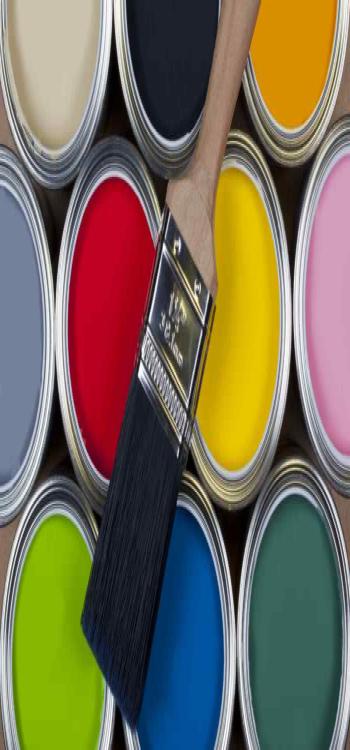
Emulsion paint, commonly referred to as water-based paint, consists of pigment suspended in a water-soluble vehicle. The water acts as a solvent for the pigment, and as it evaporates, the paint dries and adheres to the surface. There are several types of emulsion paints, each tailored for specific applications and finishes:
1. Vinyl Matt Emulsion
This type offers a flat, non-reflective finish ideal for interior walls and ceilings. The matte texture absorbs light, making imperfections and small wall blemishes less noticeable. Its aesthetic appeal has made it a favourite in many contemporary homes, especially in living and sleeping areas where a calm ambience is desired.
2. Vinyl Satin Emulsion
Satin emulsion, with its subtle sheen, bridges the gap between matte and glossy paints. Its light-reflecting properties give walls a soft glow. Its improved durability makes it apt for spaces with moderate traffic, and it can resist occasional wear and tear better than matt finishes.
3. Vinyl Silk Emulsion
With a glossy finish that reflects a significant amount of light, this type is great for spaces where a vibrant look is desired. It's highly resistant to moisture and can be easily cleaned, making it the top choice for spaces like kitchens or bathrooms that experience frequent moisture and require regular cleaning.
4. Soft Sheen Emulsion
This finish strikes a balance between satin and silk, rendering a muted sheen. The soft sheen is a perfect fit for those who want a hint of gloss without the full shine of a silk emulsion.
5. Bathroom Emulsion
Designed specifically for bathrooms, this variant has added properties to resist high moisture and steam. It's formulated to prevent the growth of mould and mildew, ensuring that bathroom walls remain pristine for longer durations.
6. Kitchen Emulsion
The kitchen is a workspace that faces splashes, grease, and stains. This emulsion variant is manufactured to resist such challenges, offering a finish that can be easily wiped clean without deteriorating the paint quality.
7. Eggshell Emulsion
While the term 'eggshell' often conjures images of delicate fragility, the finish is quite the opposite. Water-based eggshell paint is robust and offers a sheen level that sits comfortably between matt and satin, making it versatile for numerous applications.
8. Textured Emulsion
A favourite for those seeking an artistic touch or wanting to mask wall imperfections, textured emulsions provide tactile finishes that can dramatically alter a room's feel. They come in various styles, from fine to coarse textures, to suit different aesthetic preferences.
Emulsion Paint: Advantages and Disadvantages Explained
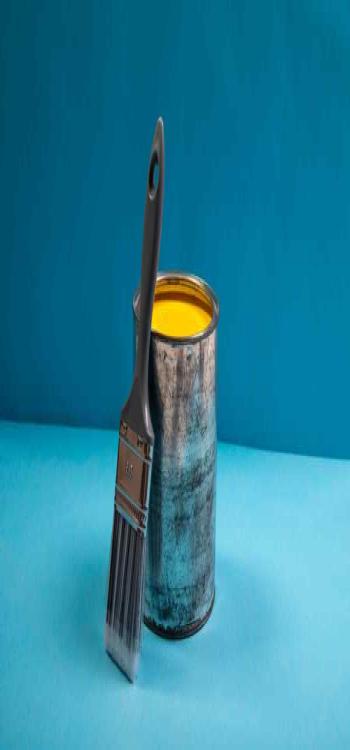
Emulsion paint, being one of the most commonly used types of paint for home interiors and exteriors, offers a range of benefits but also comes with some limitations. Here’s a breakdown of its advantages and disadvantages:
Advantages of Emulsion Paint:
- Eco-Friendly: Emulsion paints are water-based, which means they have lower VOC (Volatile Organic Compounds) content compared to oil-based paints. This makes them more environmentally friendly and less harmful to health.
- Quick Drying: Emulsion paints dry relatively quickly. This means shorter waiting times between coats and faster completion of painting jobs.
- Odourless: Unlike oil-based paints, which often emit a strong odour, emulsion paints have a minimal smell.
- Versatility: Suitable for both interior and exterior surfaces, emulsion paints can be used on a wide range of surfaces including plaster, brick, and wood.
- Easy Application: They can be easily applied with brushes, rollers, or spray equipment. Additionally, they spread smoothly, ensuring an even coat.
- Easy Cleanup: Since they’re water-based, brushes and rollers used for emulsion paint can be cleaned with water, eliminating the need for harsh solvents.
- Resistant to Cracking: Emulsion paints are less likely to crack over time compared to their oil-based counterparts.
- Durable: Many modern emulsion paints are formulated to be durable, resisting wear and tear.
- Moisture Resistant: Some emulsion paints, especially those designed for bathrooms and kitchens, resist moisture, making them ideal for areas with high humidity.
Disadvantages of Emulsion Paint
- Not as Glossy: Emulsion paints, especially matte versions, do not offer the high gloss finish that oil-based paints can provide. This might not be the preferred choice for those seeking a shiny finish.
- Can Get Stained Easily: Some types of emulsion paints, especially lighter finishes, can attract dirt and get stained easily. However, many are now formulated to be washable.
- Lesser Adhesion: On certain surfaces, emulsion paints might not adhere as well as oil-based paints.
- Can’t Be Used on Iron: Emulsion paints are not suitable for iron surfaces as they can lead to rusting.
- Lesser Durability in High-Traffic Areas: In extremely high-traffic areas or surfaces that undergo heavy wear and tear, emulsion paint might not be as long-lasting as some oil-based options.
- Susceptible to Temperature Changes: In some cases, drastic temperature changes can affect the longevity and appearance of emulsion paint.
Versatile Applications of Emulsion Paint: Indoors, Outdoors, and Beyond

Emulsion paint can be applied to a variety of surfaces, both indoors and outdoors. It is most commonly used for interior walls and ceilings, but it can also be used on woodwork, furniture, and even some exterior surfaces.
Here are some of the most common places where emulsion paint can be applied:
- Interior walls and ceilings: Emulsion paint is a popular choice for interior walls and ceilings because it is easy to apply, durable, and washable. It is available in a variety of colours and finishes, so you can find the perfect one to match your décor.
- Woodwork: Emulsion paint can also be used on woodwork, such as doors, windows, and skirting boards. It is a good choice for woodwork that is exposed to moisture, such as in the bathroom or kitchen.
- Furniture: Emulsion paint can be used to paint furniture, such as tables, chairs, and cabinets. It is a good choice for furniture that is not heavily used, as it is not as durable as some other types of paint.
- Exterior surfaces: Emulsion paint can be used on some exterior surfaces, such as fences and sheds. However, it is not as durable as other types of exterior paint, so it is not a good choice for high-traffic areas or areas that are exposed to harsh weather conditions.
Distemper vs. Emulsion
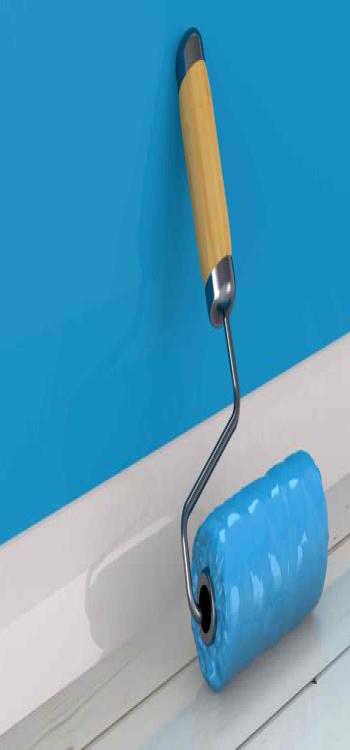
Distemper and emulsion are both types of paint used for interior and exterior surfaces. However, they have distinct differences in terms of composition, finish, durability, and cost. Here's a comparison:
| Feature | Distemper | Emulsion |
| Base | Water-based | Water-based or oil-based |
| Finish | Matte | Available in matte, satin, semi-gloss, and gloss |
| Durability | Less durable | More durable and long-lasting |
| Washability | Not washable; can peel off with water | Washable and can resist minor stains |
| Application | Easier, mainly on walls | Suitable for both walls and ceilings |
| Drying Time | Usually faster | Depends on type, but generally longer |
| Cost | Generally cheaper | Generally more expensive |
| Coverage | Lesser coverage compared to emulsion | Better coverage and spreading rate |
| Environmental Impact | Often contains VOCs but in lesser quantities | Water-based emulsions are eco-friendly, but oil-based ones can have higher VOC content |
| Binder | Starch or lime | Acrylic, vinyl or latex |
| Texture | Coarser than emulsion | Smooth texture |
| Shelf Life | Shorter due to natural ingredients | Longer due to synthetic binders |
| Water Resistance | Poor | Good, especially for exterior-grade emulsions |
How Can NoBroker Help?
Every home reaches that point where the walls tell tales of wear, fade, and time. The once bright and welcoming spaces now seem dull, and the thought of painting can feel daunting. With NoBroker Painting Services, there’s no need for apprehension. Offering hassle-free bookings, expert consultation, and professional execution, NoBroker ensures your home revives its lost charm efficiently. Simply choose a schedule, and watch your spaces transform.
Frequently Asked Questions
A. Emulsion paint is a water-based paint used for decorating and protecting surfaces. It dries quickly and usually has a smooth finish.
A. Emulsion paint generally has a low odour compared to oil-based paints. Any mild smell typically dissipates within a day or two, depending on ventilation.
A. Some emulsion paints contain low levels of VOCs. However, many brands now offer "low-VOC" or "zero-VOC" variants that are more eco-friendly.
A. Quality emulsion paints are formulated to resist moisture and humidity. For regions with heavy monsoon rains, it's advisable to choose specially formulated exterior emulsion paints that offer enhanced water resistance.
A. A good quality emulsion paint can last anywhere from 5 to 10 years or more, depending on environmental conditions and the surface's exposure to direct sunlight and moisture.
A. Emulsion paints come in various finishes such as matte, satin, semi-gloss, and glossy. Matte and satin are popular for interiors, offering a soft look, while semi-gloss and glossy are more durable and often preferred for exteriors due to their ability to repel water and resist dirt.
Painting Service in Top Cities in India
Recommended Reading

22 Best Trendy Staircase Wall Colour Combination for Every House 2024
October 14, 2024
3047+ views
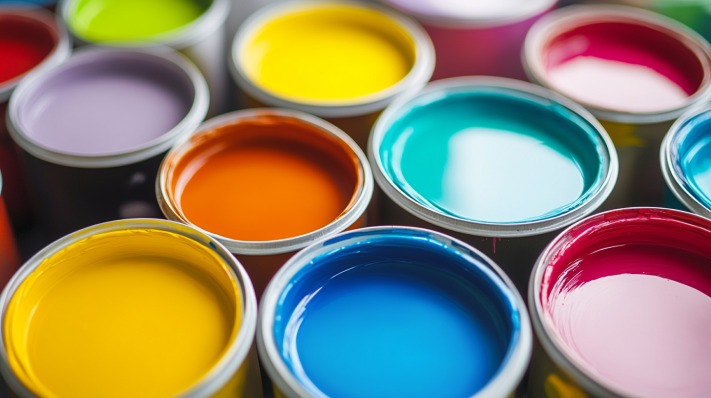
Top 10 Paint Manufacturers in Faridabad in 2024
August 27, 2024
714+ views
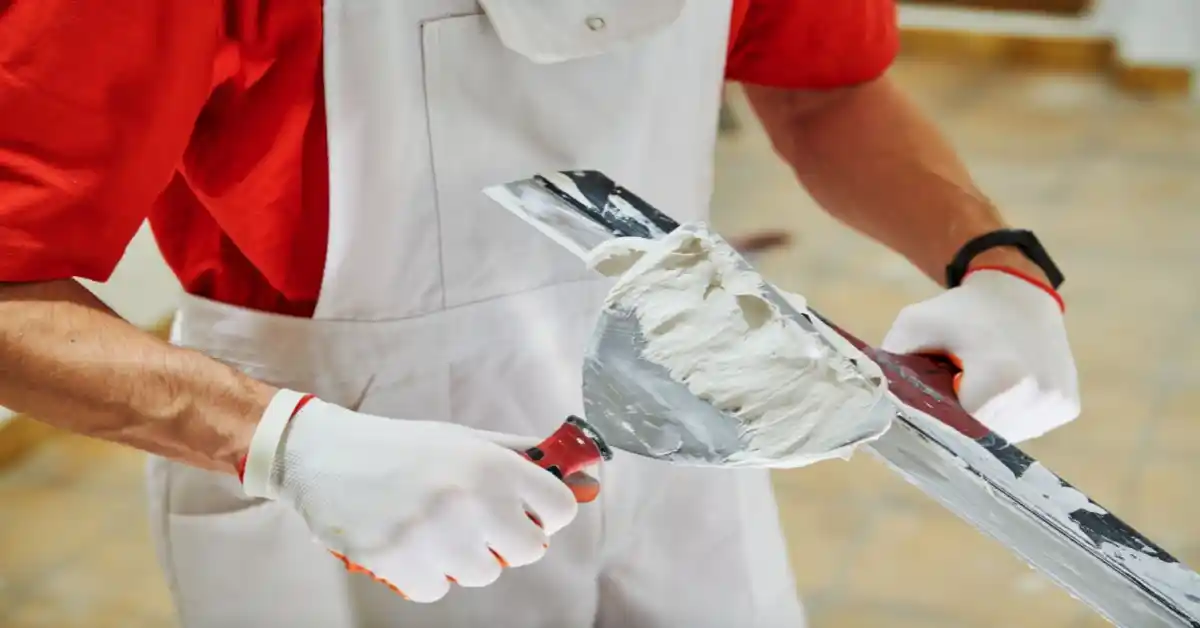
10 Best Wall Putty Brands in India 2024: Top Choices for Quality & Durability
August 27, 2024
7717+ views
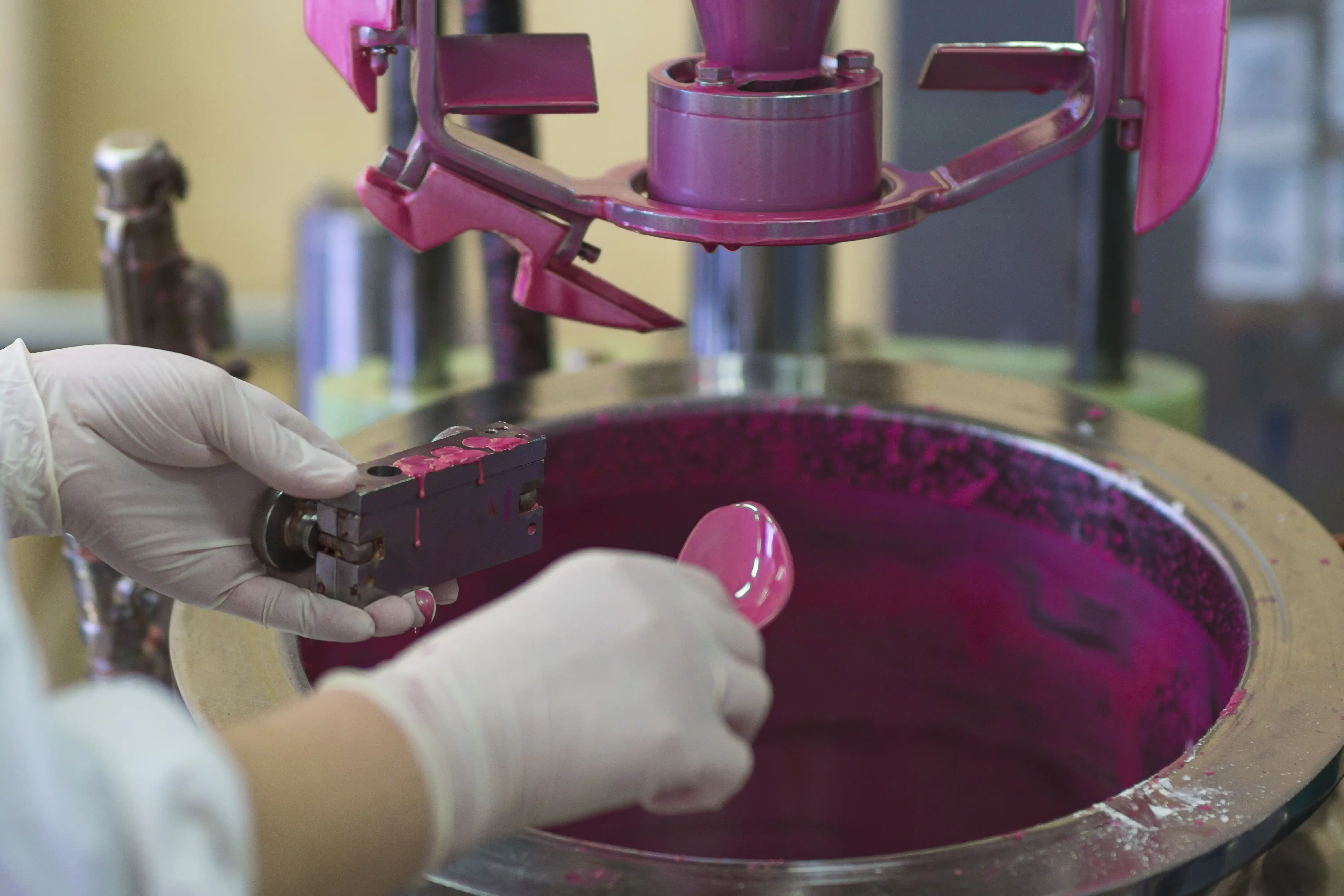
Top 10 Paint Manufacturers in India: Leading Brands & Suppliers in 2024
August 27, 2024
1076+ views
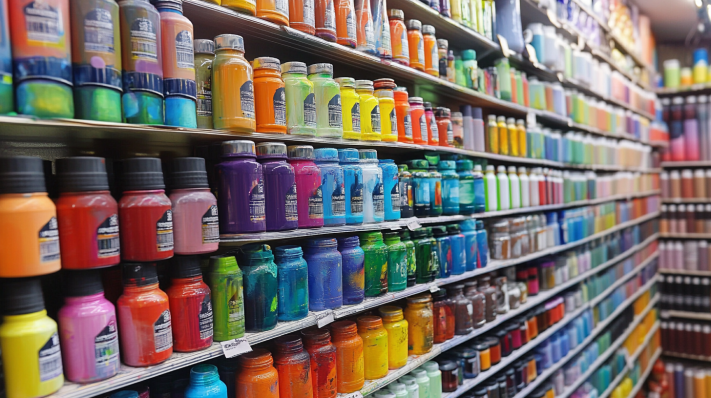
Top Paint Manufacturers in Ahmedabad - Leading Brands & Industrial Solutions
August 26, 2024
744+ views
Loved what you read? Share it with others!
NoBroker Painting Testimonials
Before this festive season
get your house painted
Most Viewed Articles
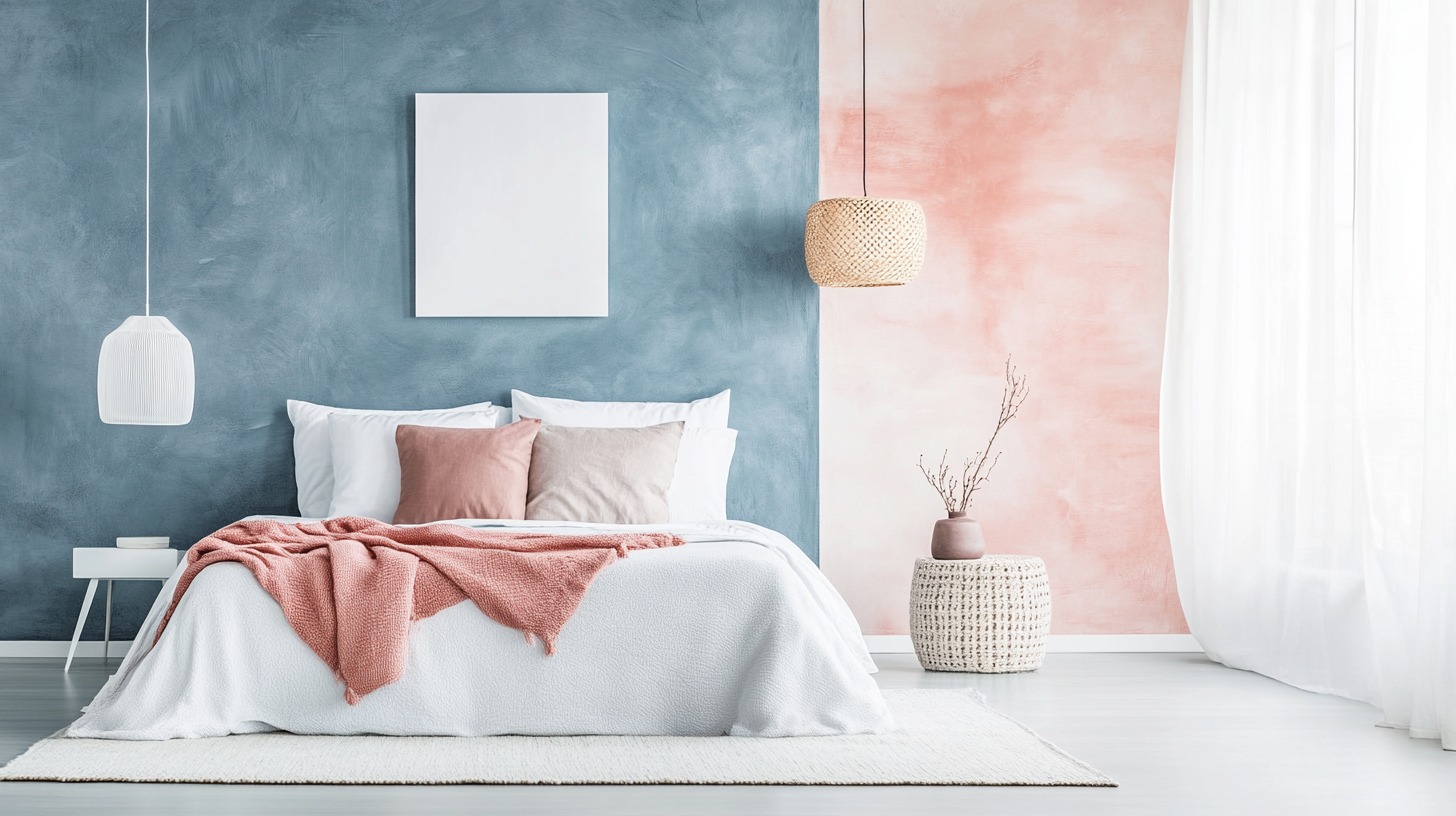
40+ Best Stunning Two Colour Combinations for Bedroom Walls to Elevate Your Space in 2024
October 19, 2024
296248+ views

Best Exterior House Colour Combinations: 16 Ways to Make Your Home More Attractive
July 9, 2024
102911+ views
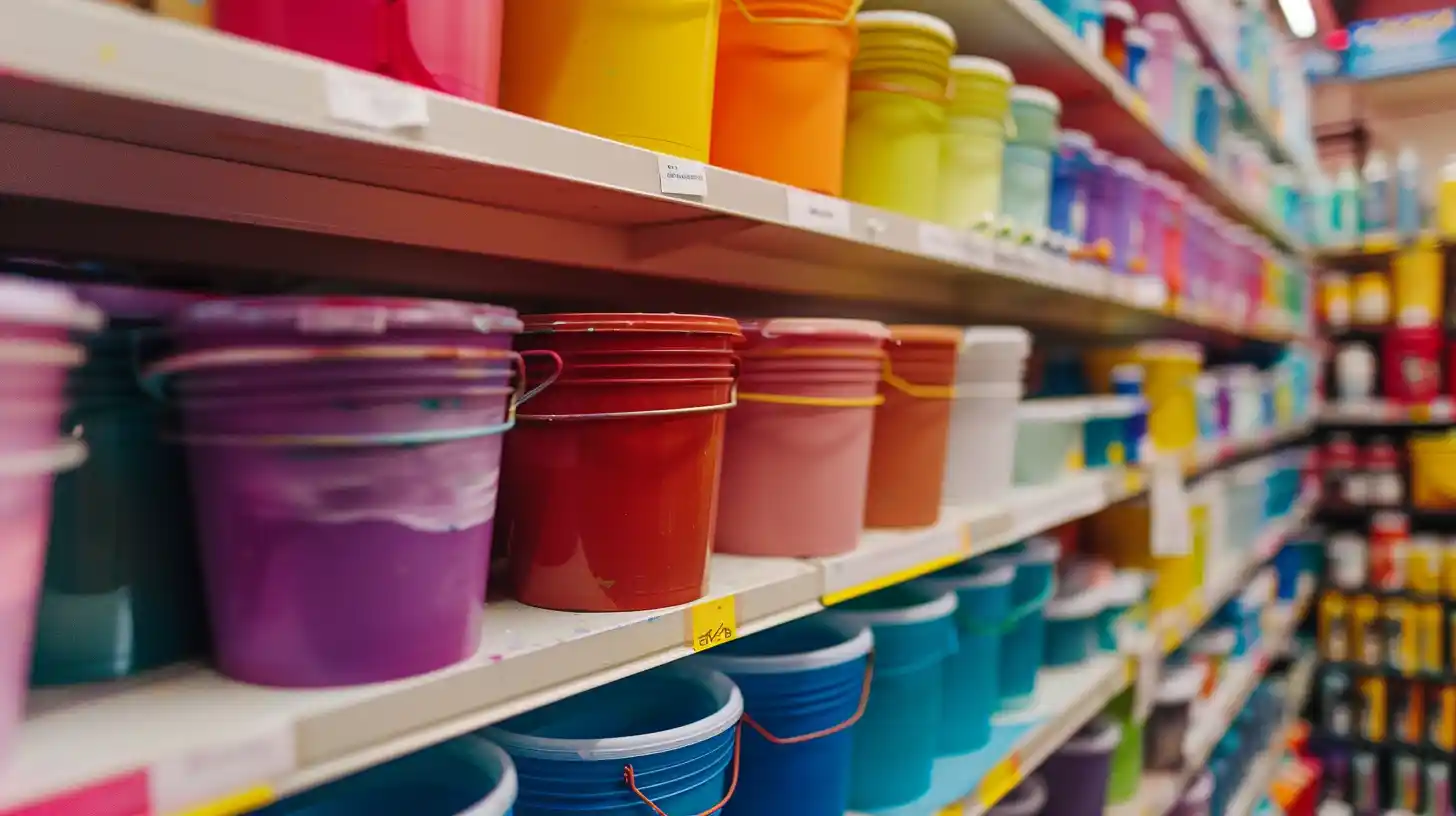
Asian Paint Price 20 Litre: Complete Guide to Different Variants and Costs in 2024
September 10, 2023
37070+ views
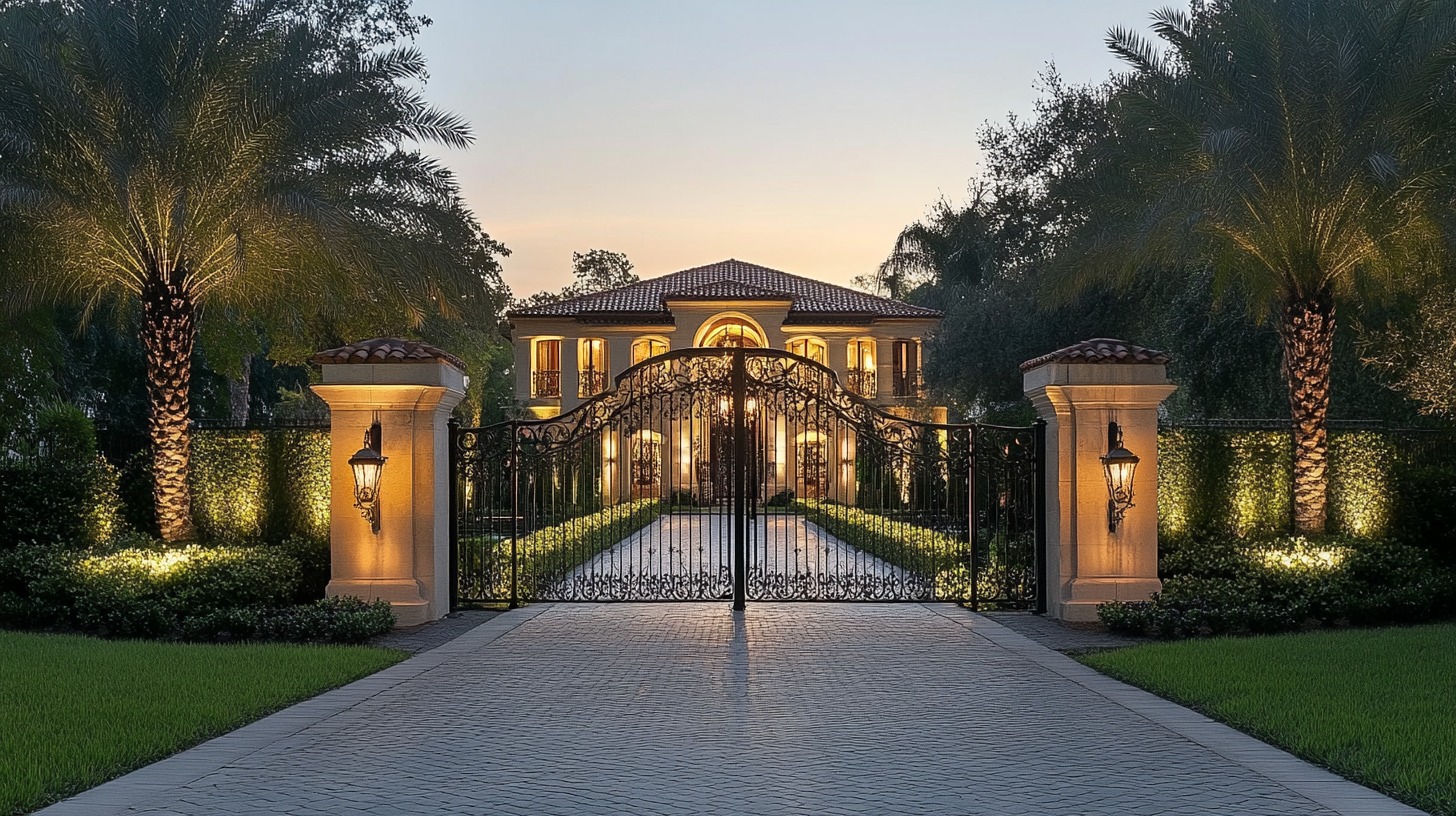
Top 18 Main Gate Colour Combinations for Indian Homes
May 31, 2024
27342+ views

Top Asian Paints Colour Codes: Transform Your Home with Latest Colours 2024
August 23, 2024
23638+ views
Top Paint Brands in India
| Asian Paints | Nerolac Paints |
| Berger Paints | Indigo Paints |
| Dulux Paints | Nippon Paints |
| Shalimar Paints |
Top Paint Brands Price in India
| Asian Paints Price | Nerolac Paints Price |
| Berger Paints Price | Dulux Paints Price |
| Nippon Paints Price | Shalimar Paints Price |
| Indigo Paints Price |
Recent blogs in
Asian Paints Distemper Price 20 litre 2024
November 5, 2024 by NoBroker.com
Top 25 Study Room Colour Combinations to Boost Productivity and Creativity in 2024
November 5, 2024 by Jessica Solomon
Peach Colour Paint Combination Ideas for Your Home in 2024
November 5, 2024 by Ananth




Join the conversation!